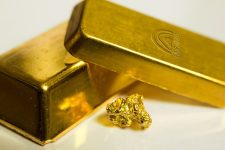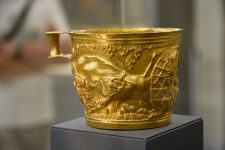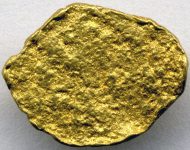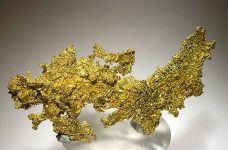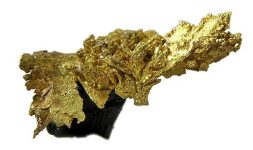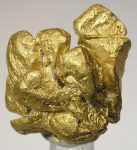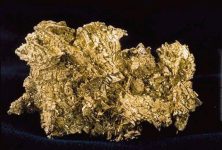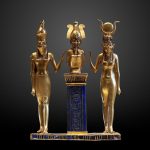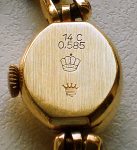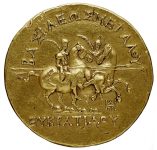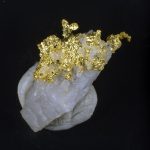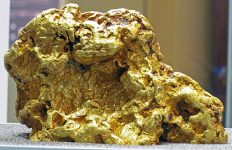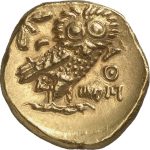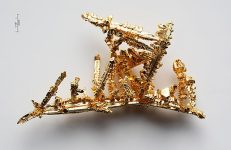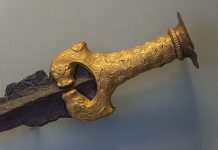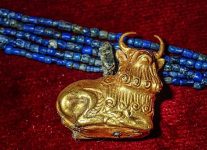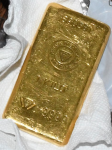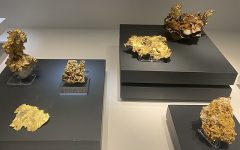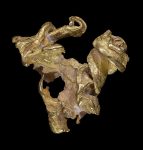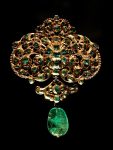Gold
VARIETIES OF GOLD
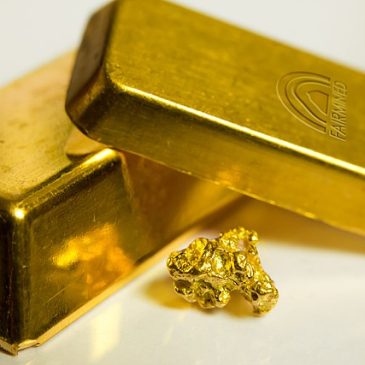
About: Gold is one of the most precious and sought-after metals on Earth. Renowned for its beauty, rarity, and durability, gold has played a significant role in human history, culture, and economics. This guide explores its characteristics, history, sources, uses, and significance.
Mining: Gold mining involves extracting gold ore from the earth. Techniques include open-pit mining, underground mining, and placer mining. Large-scale operations use cyanide leaching to extract gold from low-grade ores.
Refining: Extracted gold is refined to remove impurities. Methods include smelting, electrolysis, and chemical refining. The highest purity gold is 24 karats, or 99.99% pure.
CHARACTERISTICS
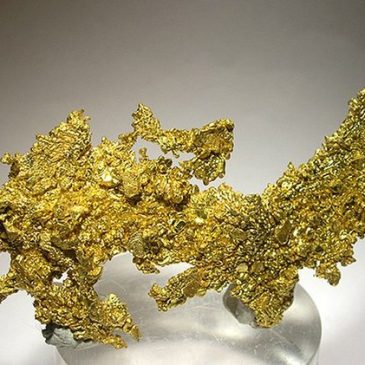
Color: Gold is a bright yellow metal with a distinct luster. Its natural color remains constant, unlike many other metals that tarnish or oxidize over time.
Chemical Composition: Gold is a chemical element with the symbol Au (from the Latin “aurum”) and atomic number 79.
Density: Gold is dense, with a specific gravity of 19.3 g/cm³, making it one of the heaviest metals.
Malleability and Ductility: Gold is highly malleable and ductile. It can be hammered into thin sheets (gold leaf) or drawn into fine wires without breaking.
Conductivity: Gold is an excellent conductor of electricity and heat, making it valuable in various industrial applications.
Non-reactivity: Gold does not tarnish or corrode, maintaining its luster over time. It is resistant to most acids and bases.
HISTORY AND LORE
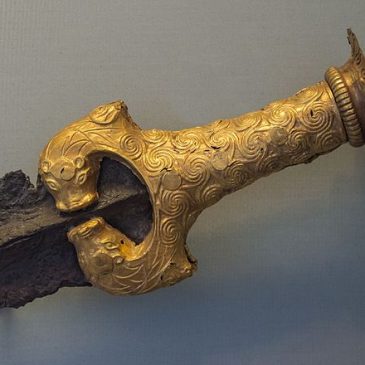
Ancient Civilizations: Gold has been valued since ancient times. The Egyptians, Mesopotamians, Greeks, and Romans all used gold for jewelry, coins, and decorative objects. The Egyptians, in particular, associated gold with the sun god Ra and used it extensively in their burial practices.
Middle Ages: During the Middle Ages, gold was used to mint coins and was a symbol of wealth and power. Alchemists sought to turn base metals into gold, a quest known as the Philosopher’s Stone.
Modern Era: Today, gold remains a symbol of wealth and luxury. It is used in various industries, including jewelry, electronics, and finance. Gold reserves held by central banks underpin the value of modern currencies.
SOURCES
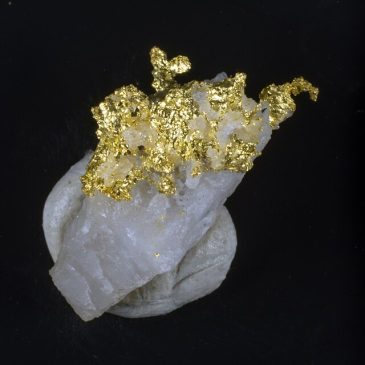
Geographical Locations: Major gold-producing countries include China, Australia, Russia, the United States, Canada, and South Africa. Gold deposits are found in various geological settings, including placer deposits, lode deposits, and volcanic-hosted deposits.
Geological Formation: Gold is formed through various geological processes, including hydrothermal activity, magmatic processes, and sedimentary processes. It often occurs in quartz veins, sulfide mineral deposits, and placer deposits formed by the erosion of primary gold-bearing rocks.
USES
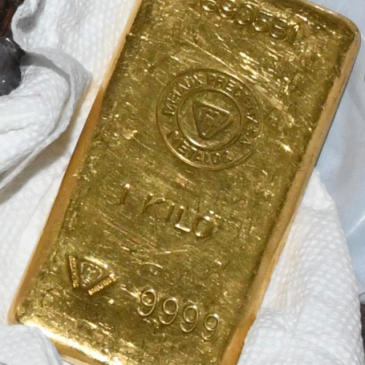
Jewelry: The majority of gold is used in jewelry. Its lustrous beauty and resistance to tarnish make it ideal for rings, necklaces, bracelets, and earrings. Gold is often alloyed with other metals to enhance its strength and alter its color (e.g., white gold, rose gold).
Investment: Gold is a valuable investment commodity. It is traded in the form of bullion bars, coins, and exchange-traded funds (ETFs). Investors consider gold a safe-haven asset, especially during economic uncertainty.
Electronics: Gold’s excellent conductivity and resistance to corrosion make it essential in electronics. It is used in connectors, switches, and relay contacts in smartphones, computers, and other electronic devices.
Medicine: Gold has medical applications, including dental fillings and crowns, as well as in treatments for rheumatoid arthritis and certain cancers. Gold nanoparticles are used in some diagnostic tests and treatments.
Aerospace: Gold is used in aerospace technology for its reflective properties and resistance to radiation. It is used in spacecraft coatings, satellite components, and astronaut visors.
CULTURAL AND SYMBOLISM
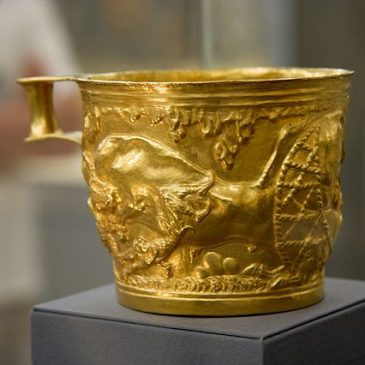
Symbol of Wealth: Gold has long been a symbol of wealth and prosperity. It is used in awards, trophies, and medals, such as Olympic gold medals and the Nobel Prize.
Religious and Ritual Significance: Many cultures use gold in religious artifacts and ceremonial objects. It is often associated with divine and sacred qualities.
Cultural Expressions: Gold is deeply embedded in language and culture. Phrases like “golden age,” “heart of gold,” and “worth its weight in gold” reflect its positive connotations.
